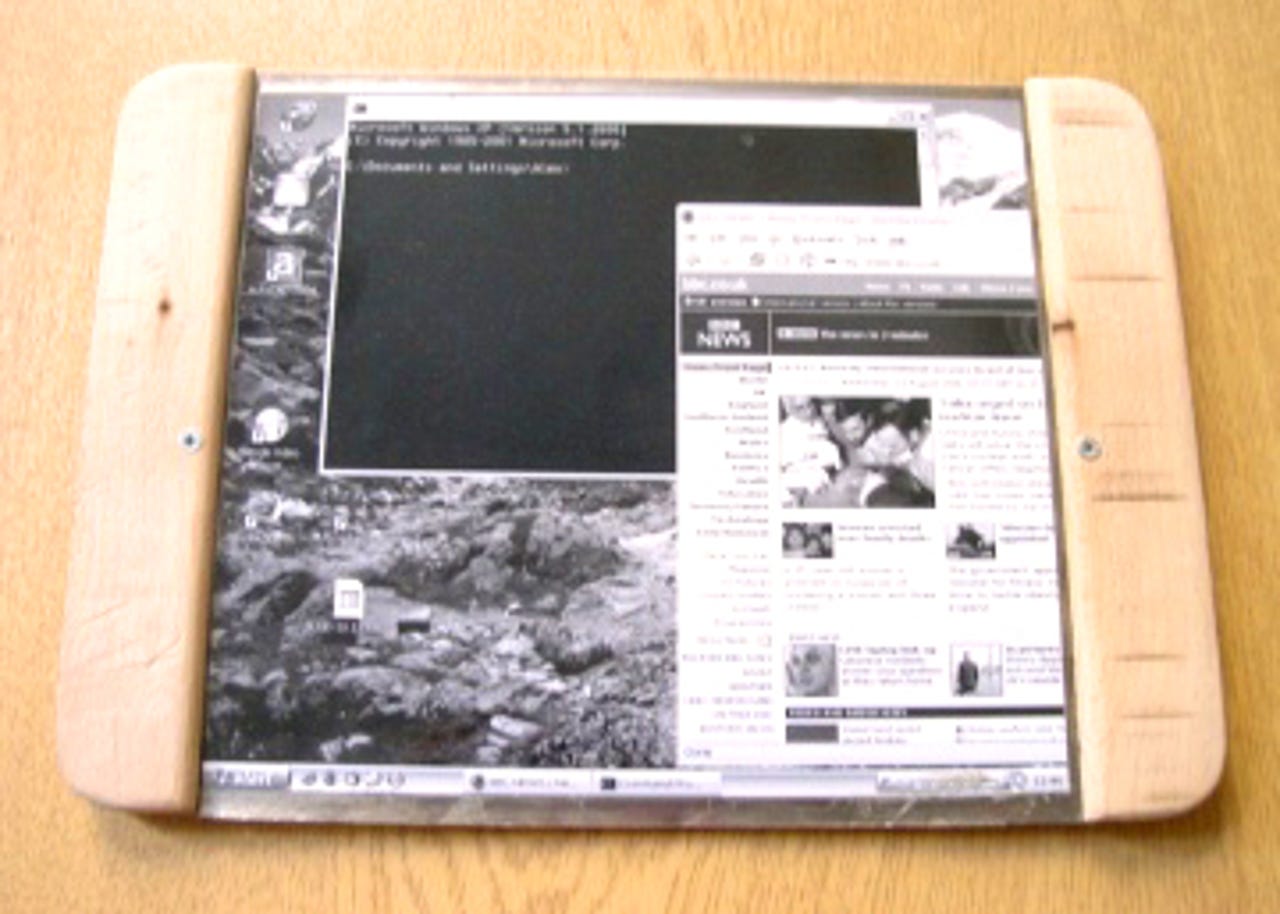Photos: Roll up this laptop


Roll-up laptop
This prototype, made by Keith Seffen, a lecturer in structural engineering at the University of Cambridge, holds the main electronic components by wooden strips on the vertical sides of the screen.
Rolled-up screen
The material shown here is a copper alloy, with its structure distorted to produce either two shapes: a flat screen or tube structure. Seffen has developed materials that will hold three shapes and said "we think four shapes are a possibility."
Less than 1mm thick
The Cambridge team is currently developing mathematical models to predict how reliably the material will keep its shape and discover more about the material's limitations.
End view
This end view shows the thinness and compactness of the roll-up laptop.
Dr. Seffen
Seffen demonstrates the roll-up screen. "It will complement the arrival of flexible displays in the future," he said.